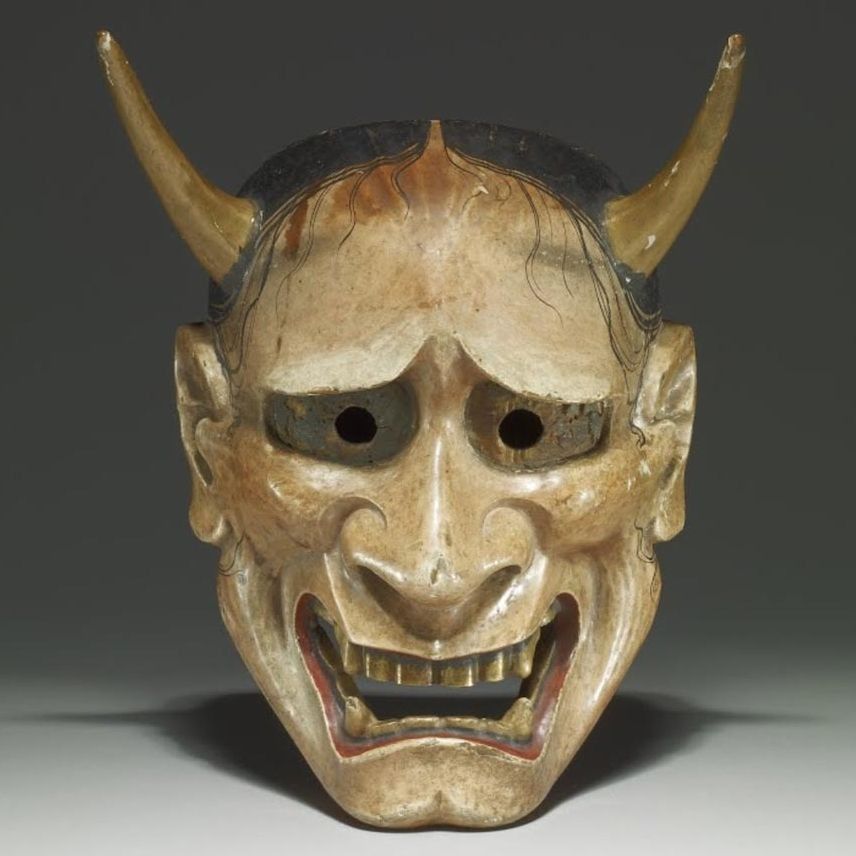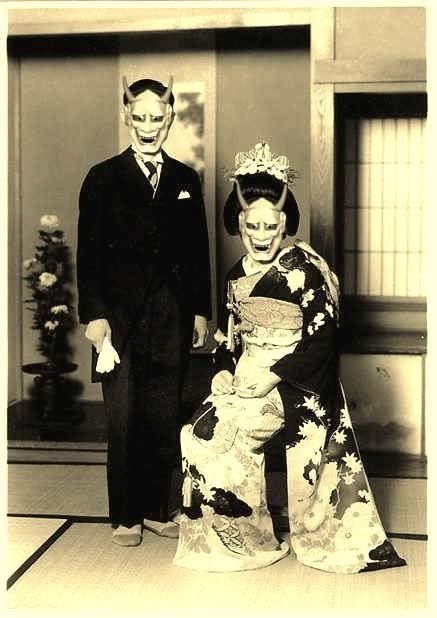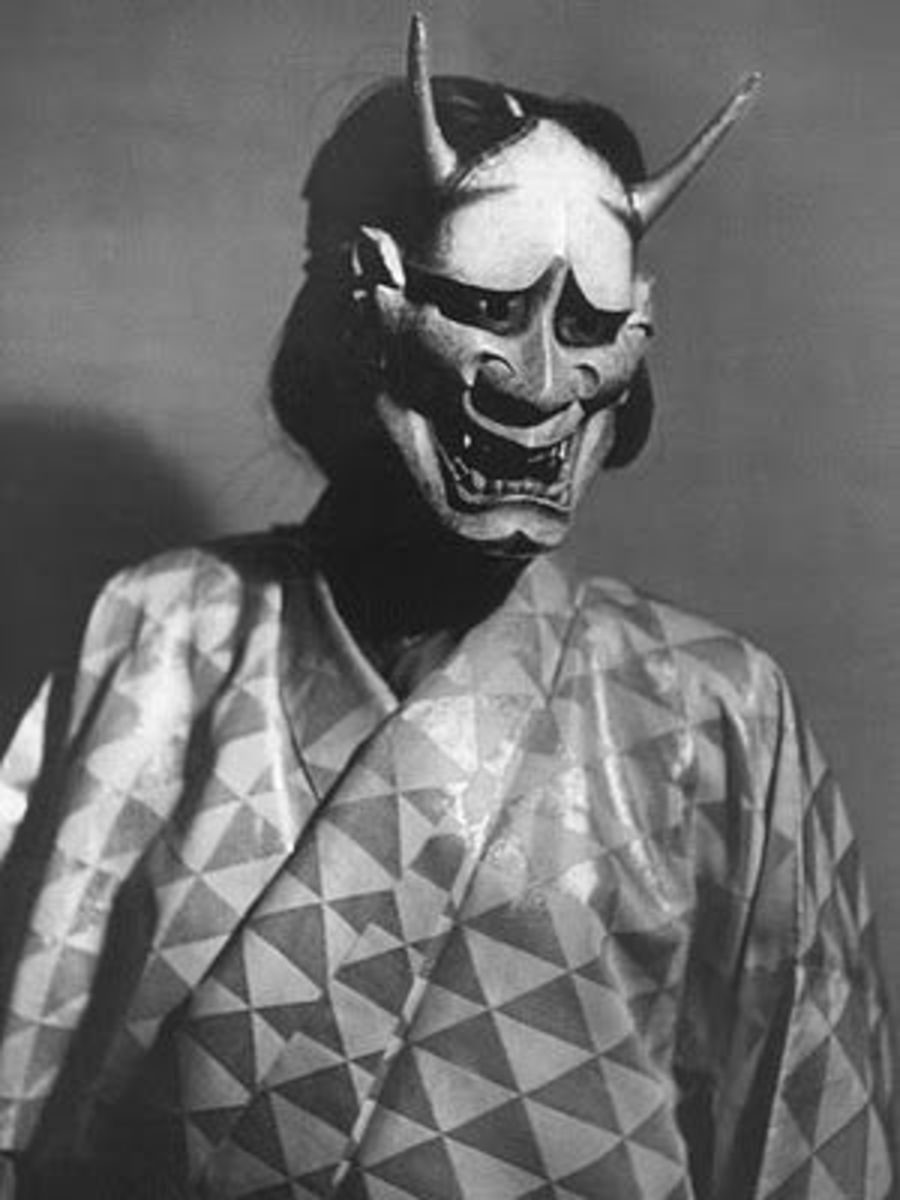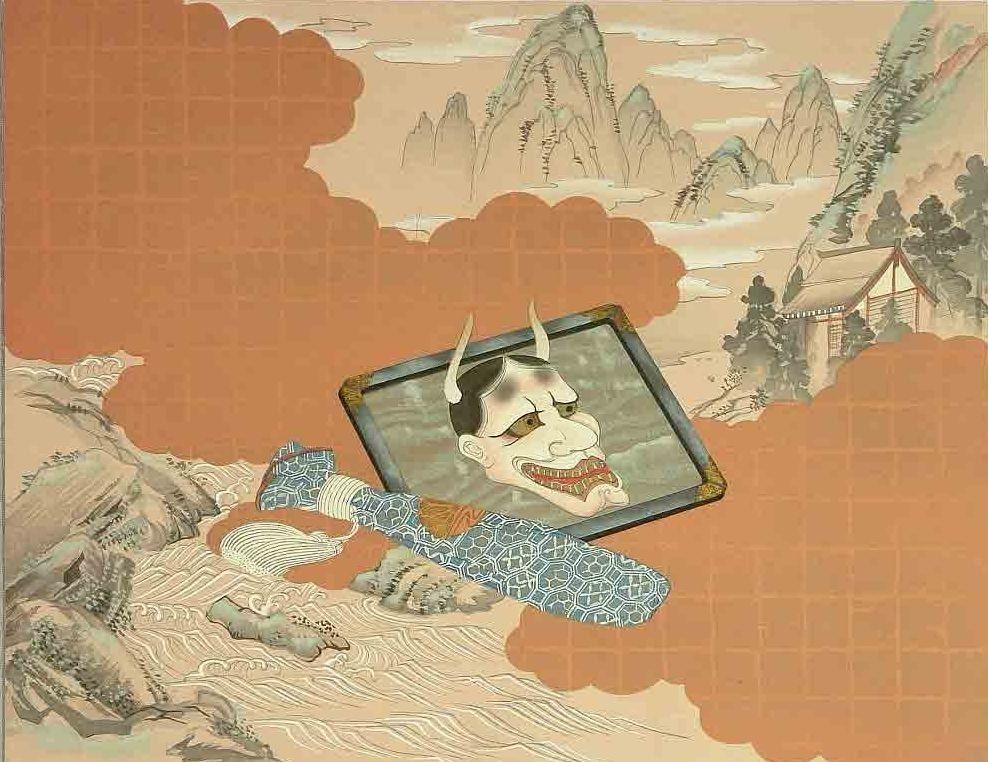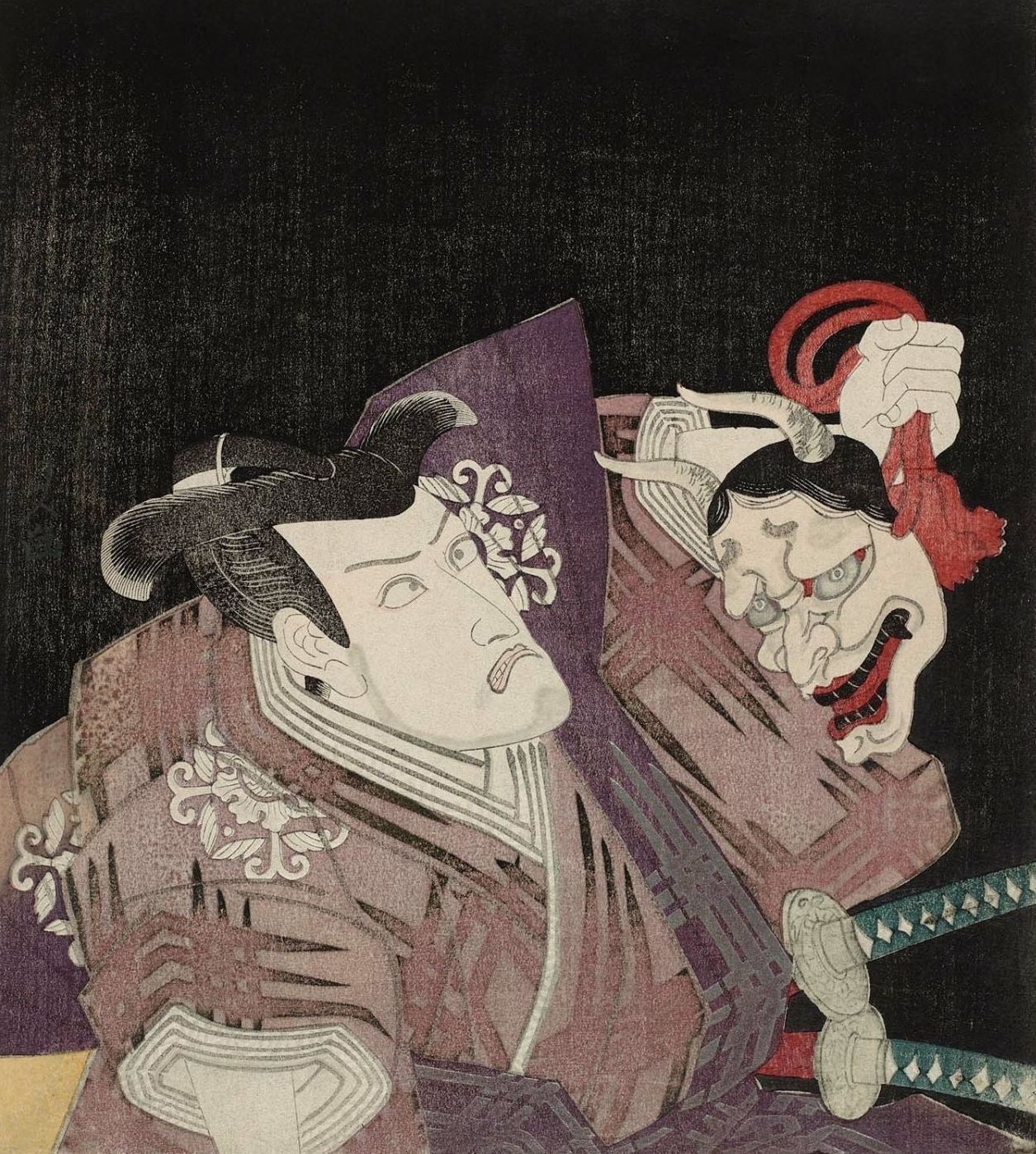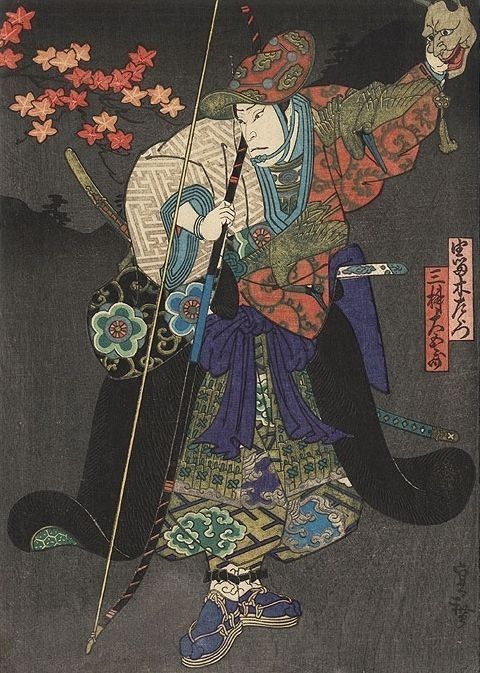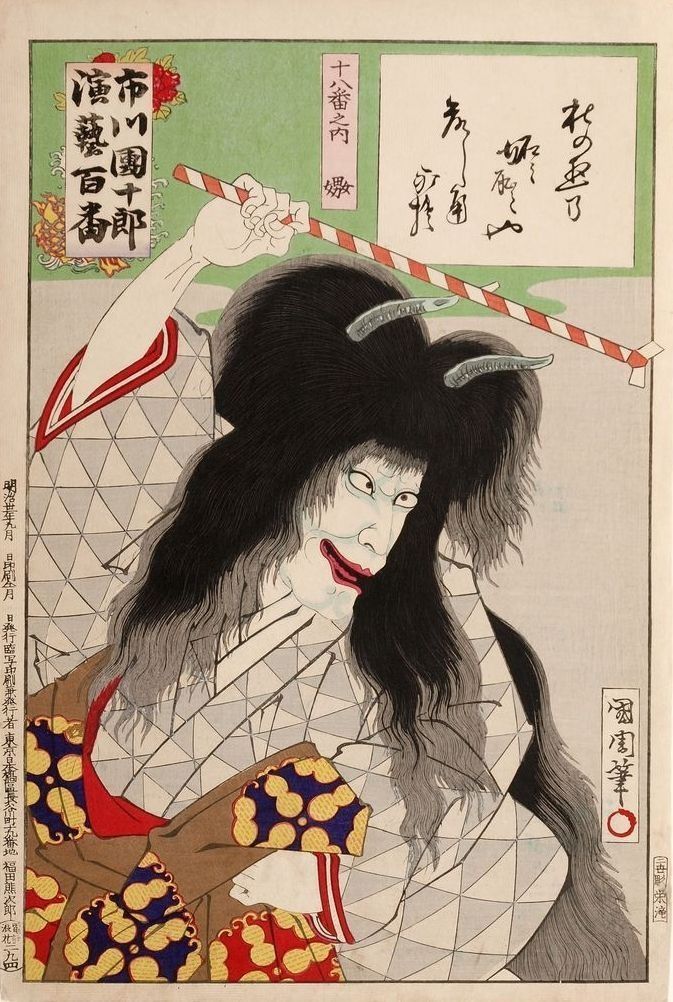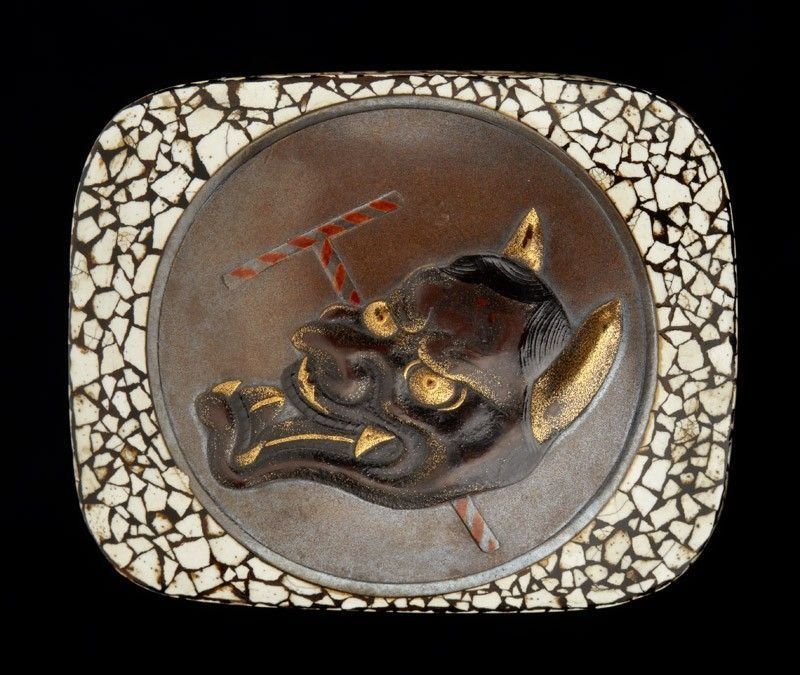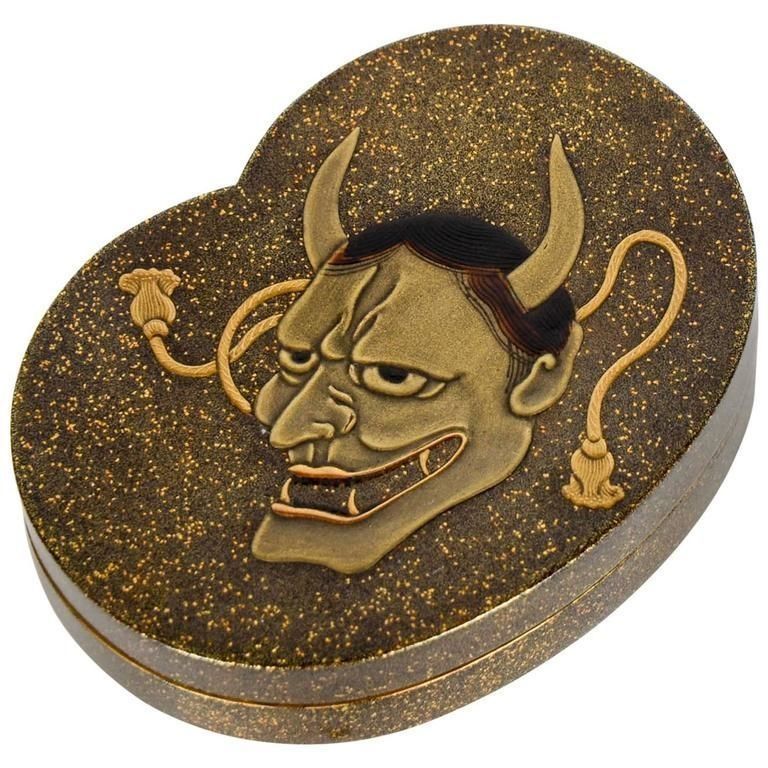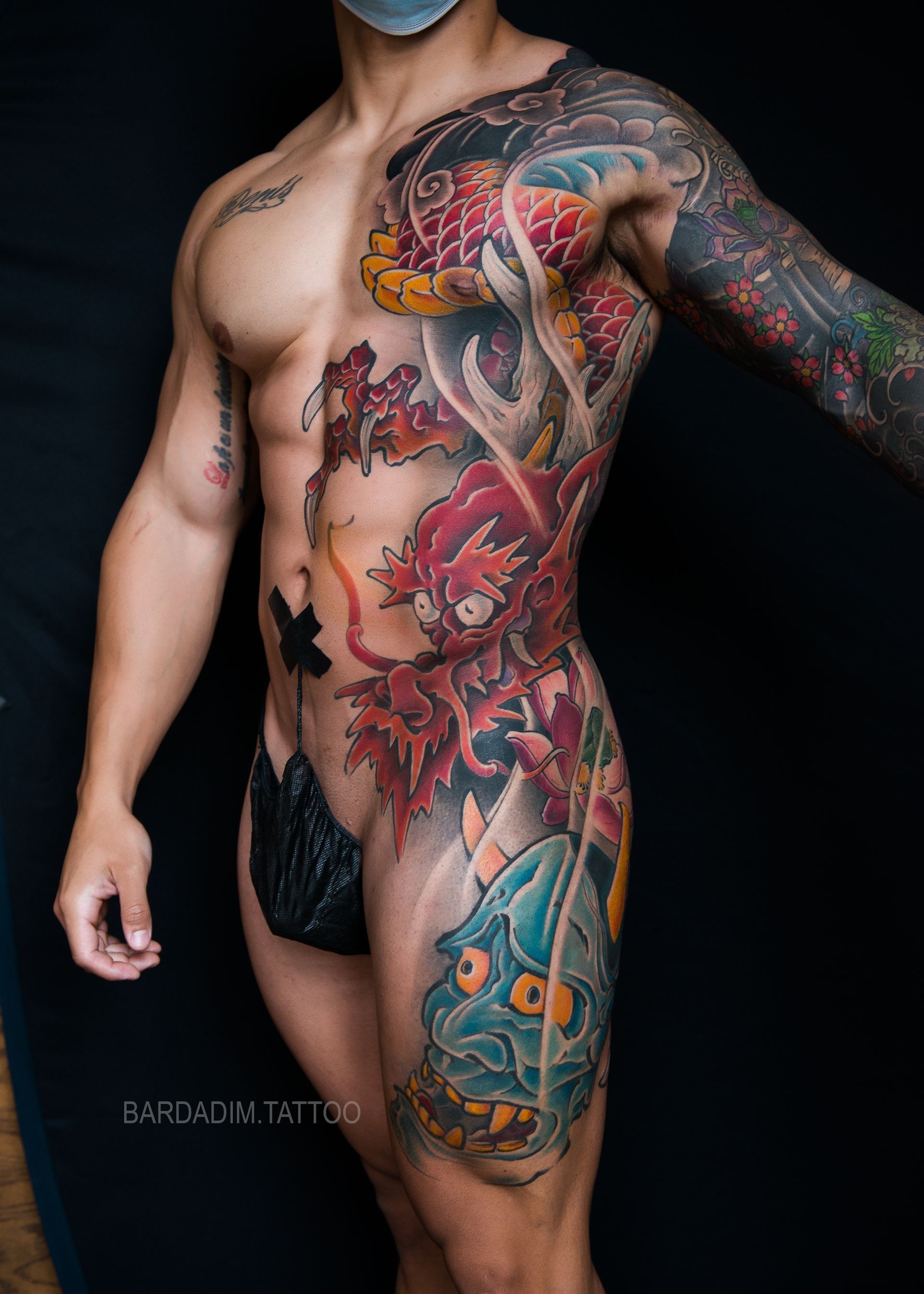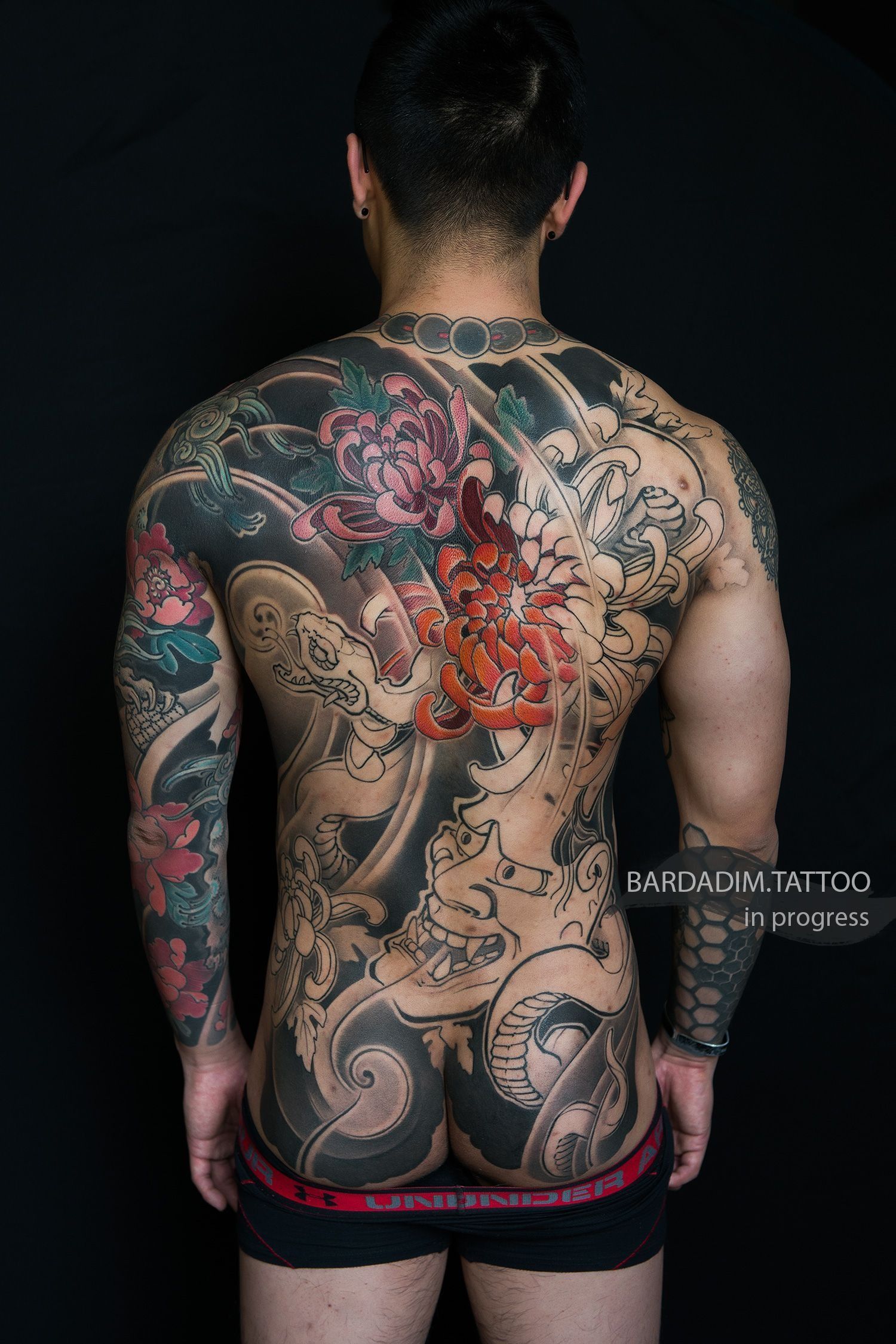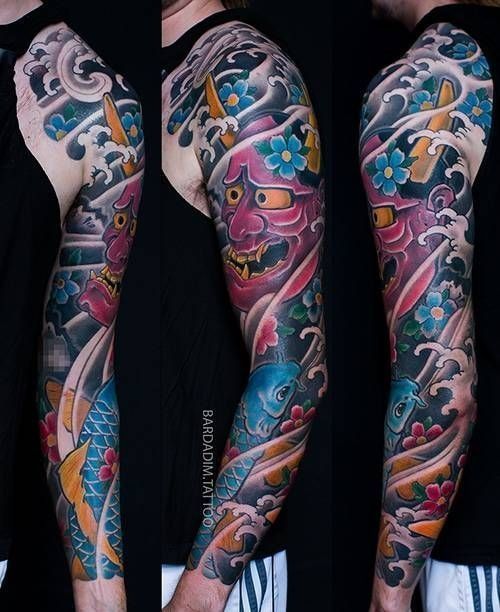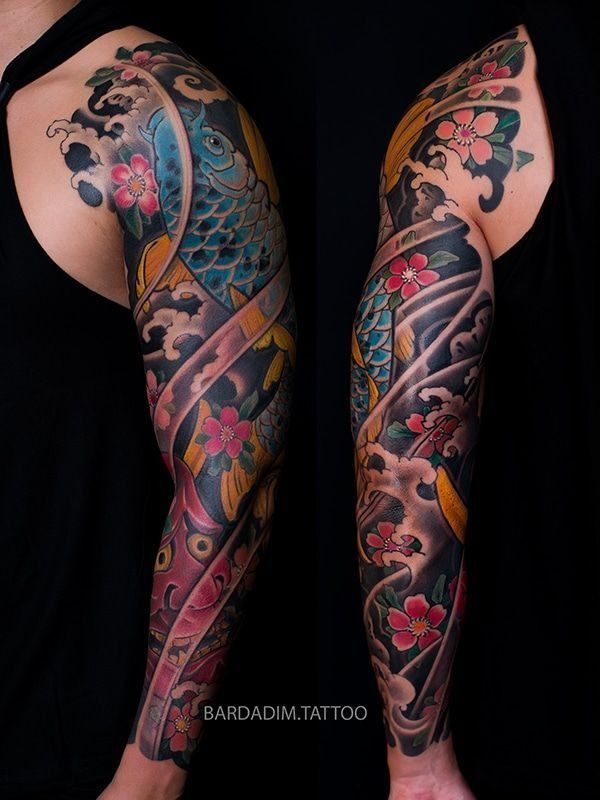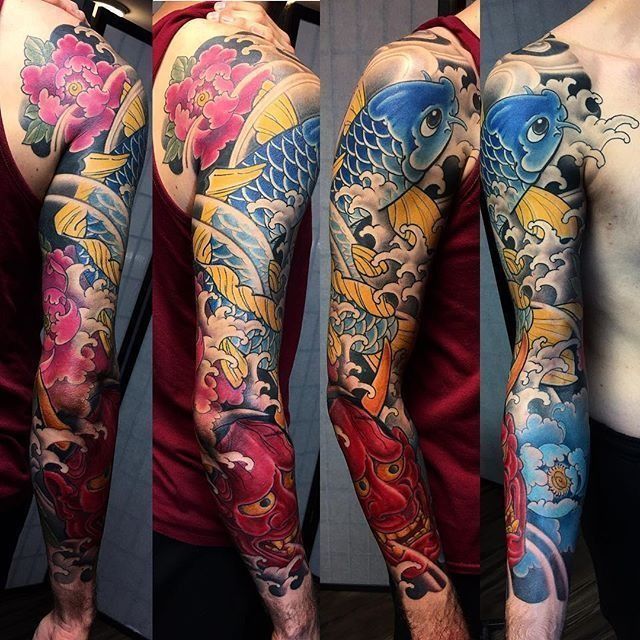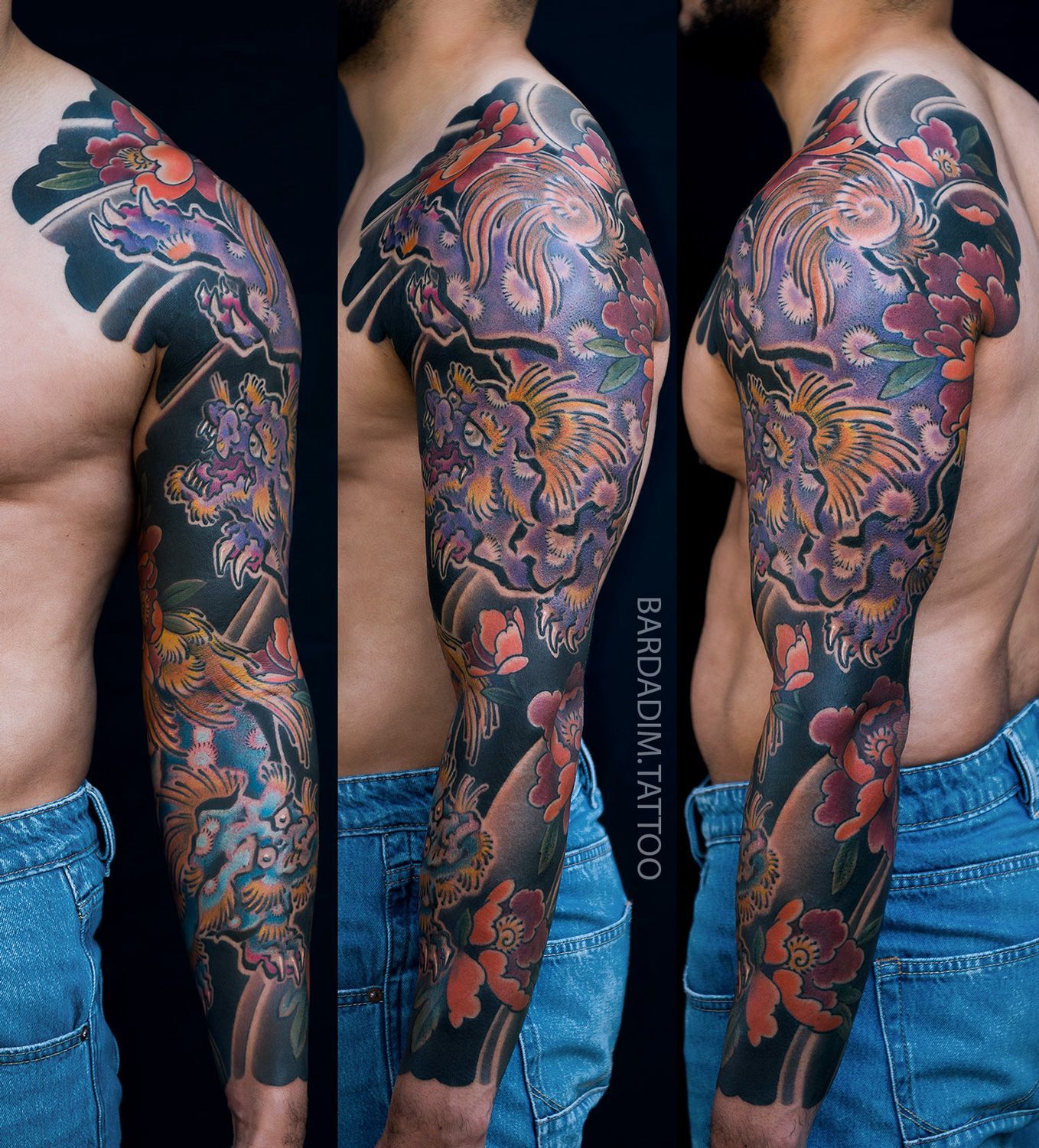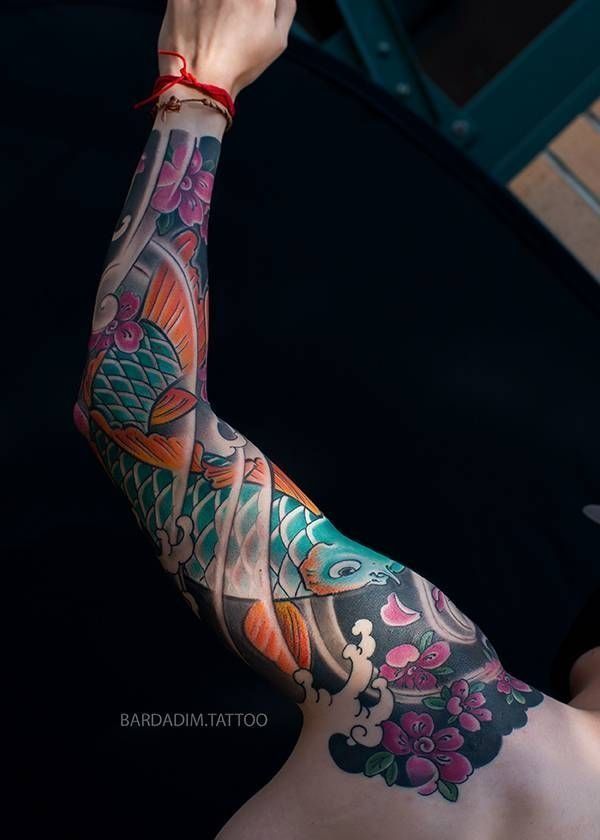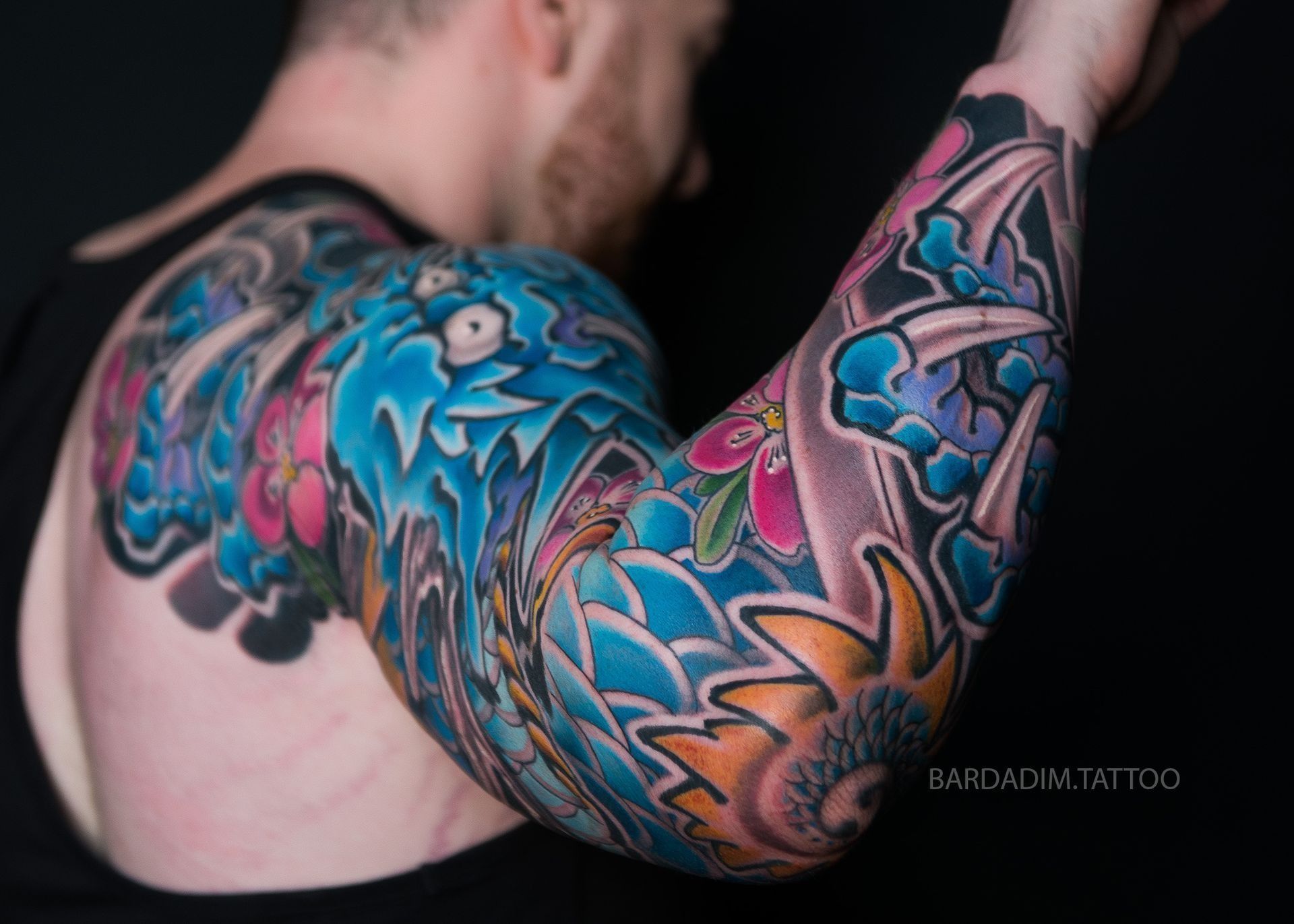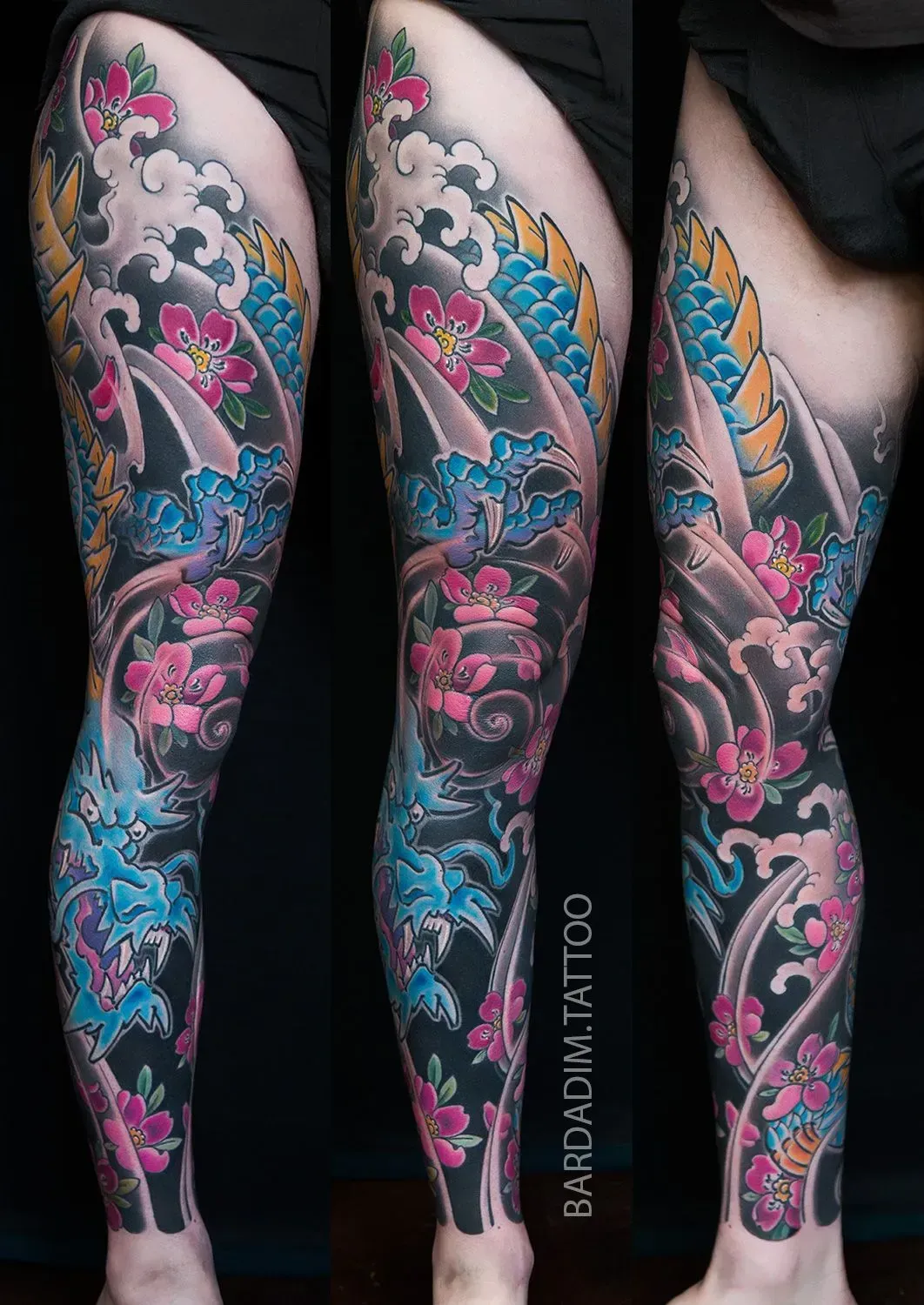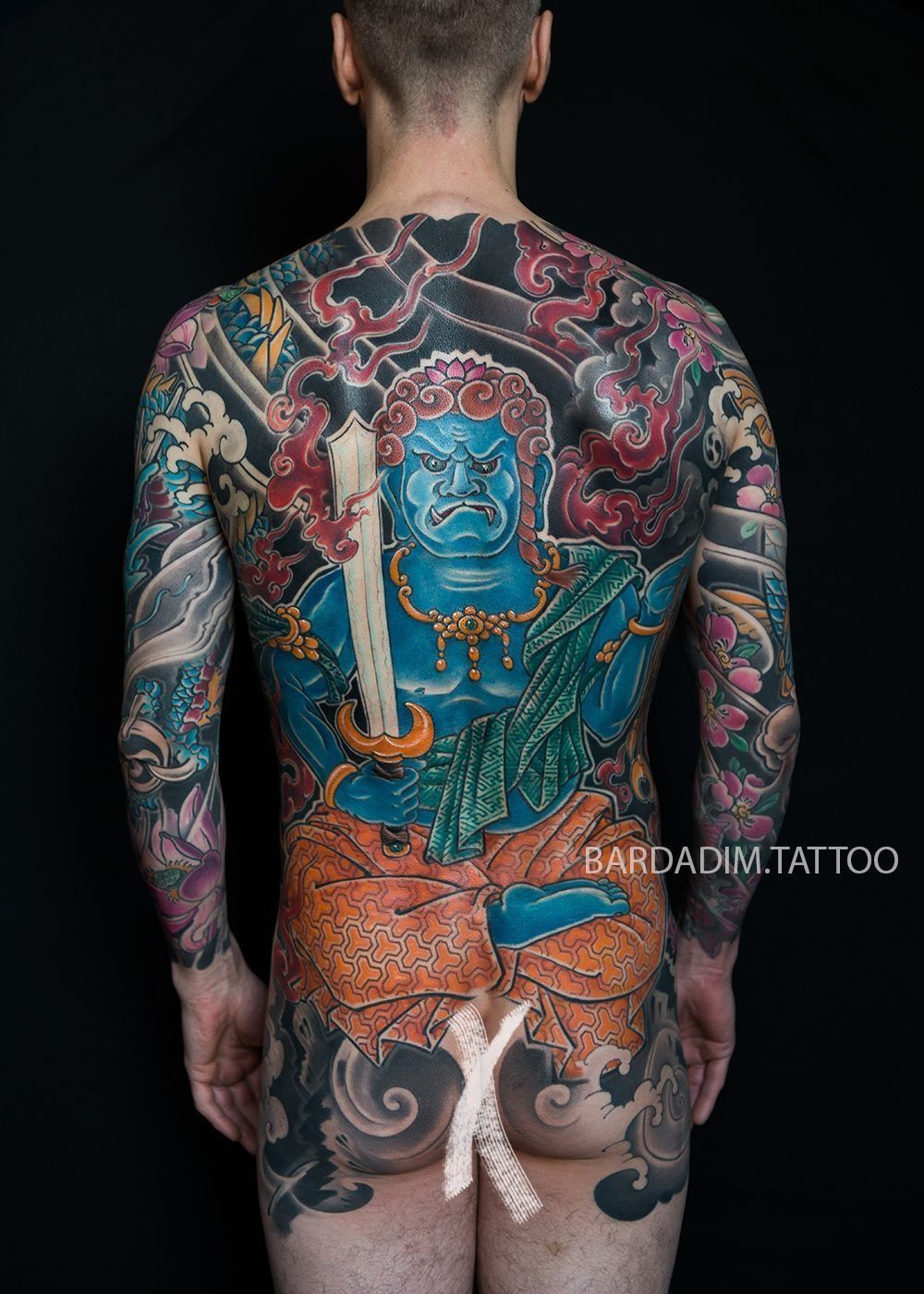Hannya Mask in Japanese Traditional Art and Culture
Hannya Mask: The Connection with Irezumi Tattoos and Ukiyo-e Art
Ever looked at a Hannya mask and felt a mix of fear and fascination? You're not alone. This iconic piece of Japanese culture, with its intense expression, has captivated people for centuries. Let’s dive into the world of Hannya masks and uncover their deep cultural roots, especially their connection to Irezumi tattoos and Ukiyo-e art.
Hannya Noh Mask, 18th Century, British Museum
Japanese actors wearing hannya masks
Japanese actors wearing hannya masks
KOJIMA, Gyofu. Utae Hyakuban. One Hundred Poems
Actor Ichikawa Danjûrô VII as Endô Musha Morichi by Utagawa Kunisada
Sadahiro II (1838 - 1918)Archer Holding a Hannya Mask
Toyohara Kunichika 1835-1900 The Actor Ichikawa Danjuro IX as the
Galerie Mingei Ko-Hannya
Hako netsuke depicting the Hannya mask from the Nō play 'Dōjōji'
19th Japanese Lacquered Kobako, Hannya Mask Lacquer Box
Japanese lacquer inrō decorated with masks
What is a Hannya Mask?
Symbolism and Meaning
The Hannya mask is a powerful symbol. On one hand, it represents the destructive power of emotions like jealousy and anger. On the other hand, it's also seen as a protective talisman. This dual nature makes it a fascinating subject in various forms of art.
The Hannya mask comes from Noh theater, one of Japan's oldest theatrical forms. It represents a woman who has transformed into a vengeful demon out of jealousy and rage. The mask's exaggerated features—sharp horns, bulging eyes, and a mouth full of fangs—convey intense emotions. It's not just about scaring the audience; it’s about depicting the complexity of human emotions.
Hannya Masks in Noh and Kabuki Theater
In Noh theater, the Hannya mask is used to tell stories of women consumed by jealousy and turning into demons. The mask's design allows actors to express these intense feelings without words. Kabuki theater also uses Hannya masks, though less rigidly, often emphasizing the dramatic and supernatural elements of the stories.
Ukiyo-e Art and Hannya Masks
Ukiyo-e, the "pictures of the floating world," is a genre of Japanese woodblock prints and paintings that flourished from the 17th to 19th centuries. These prints often depicted scenes from history, theater, and folk tales, including images of the Hannya mask. The bold lines and vibrant colors of Ukiyo-e art bring the Hannya mask to life, capturing its emotional depth and dramatic flair.
Hannya Mask in Irezumi Tattoos
Irezumi, or traditional Japanese tattooing, has a rich history and cultural significance. The Hannya mask is a popular motif in Irezumi tattoos. Why? Because it’s a powerful symbol that resonates on many levels. People choose Hannya mask tattoos to represent personal struggles, protection, and the beauty found in overcoming hardships.
Historical Context of Irezumi
Popularity Among Tattoo Enthusiasts
The Hannya mask is a favorite among tattoo enthusiasts for its striking appearance and profound symbolism. It’s not just a tattoo; it’s a statement. It tells a story of transformation, protection, and the duality of human nature. Plus, it looks incredibly cool!
Irezumi has a long and complex history. Originally associated with criminals and outcasts, it has evolved into a respected art form. The inclusion of the Hannya mask in Irezumi is a nod to traditional Japanese culture and its rich artistic heritage.
Cultural Appropriation and Respect
When getting a Hannya mask tattoo, it’s crucial to approach it with cultural sensitivity. Understand its origins and meanings to respect the culture it comes from. This ensures that the art form is honored, not just imitated.
Choosing the Right Design
Picking a Hannya mask design for a tattoo is a big decision. You want something that reflects your personal journey while staying true to the traditional aesthetics. Working with a skilled artist who understands the cultural significance can help you achieve that perfect balance.
Finding a Skilled Artist
The Tattooing Process
Getting a Hannya mask tattoo is a commitment. The process involves careful outlining, shading, and detailing. Each step requires
patience and precision to capture the mask’s intricate design and emotional intensity.
Care and Maintenance
Proper care is essential to keep your Hannya tattoo looking vibrant. Follow your artist’s aftercare instructions, avoid direct sunlight, and keep the tattoo clean. Regular moisturizing and occasional touch-ups will help maintain its boldness over time.
Given the complexity and cultural significance of the Hannya mask, finding the
right tattoo artist is key. Look for someone who specializes in Japanese tattoo styles and has a solid portfolio. This ensures that your tattoo will be both authentic and artistically impressive.
The Hannya mask is more than just a striking image; it’s a profound symbol deeply embedded in Japanese culture. From its origins in Noh theater to its depiction in Ukiyo-e art and Irezumi tattoos, the Hannya mask represents the complexity of human emotions and the transformative power of art. Whether you're an art enthusiast, a theater lover, or a tattoo aficionado, the Hannya mask offers a rich tapestry of cultural and personal significance.
from The Symbolic Way
“Symbols speak where words fall silent.”



